- Replies 108
- Views 16.1k
- Created
- Last Reply
Top Posters In This Topic
-
Mopar1973Man 33 posts
-
KATOOM 25 posts
-
NIsaacs 16 posts
-
Haggar 9 posts
Most Popular Posts
-
Basically, you want to unhook the steering box return line. Now cap the pump nipple to keep fluid in the reservoir. Now route the return line to a waste container. Now jack up the front axle. Now with
-
You could add a transmission filter in the power steering return line. This would help keep contaminants from reaching the hydroboost and steering box.
-
Moparman in a 20 years.....?



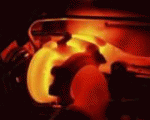
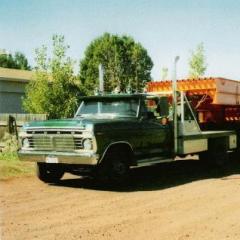

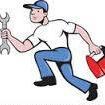
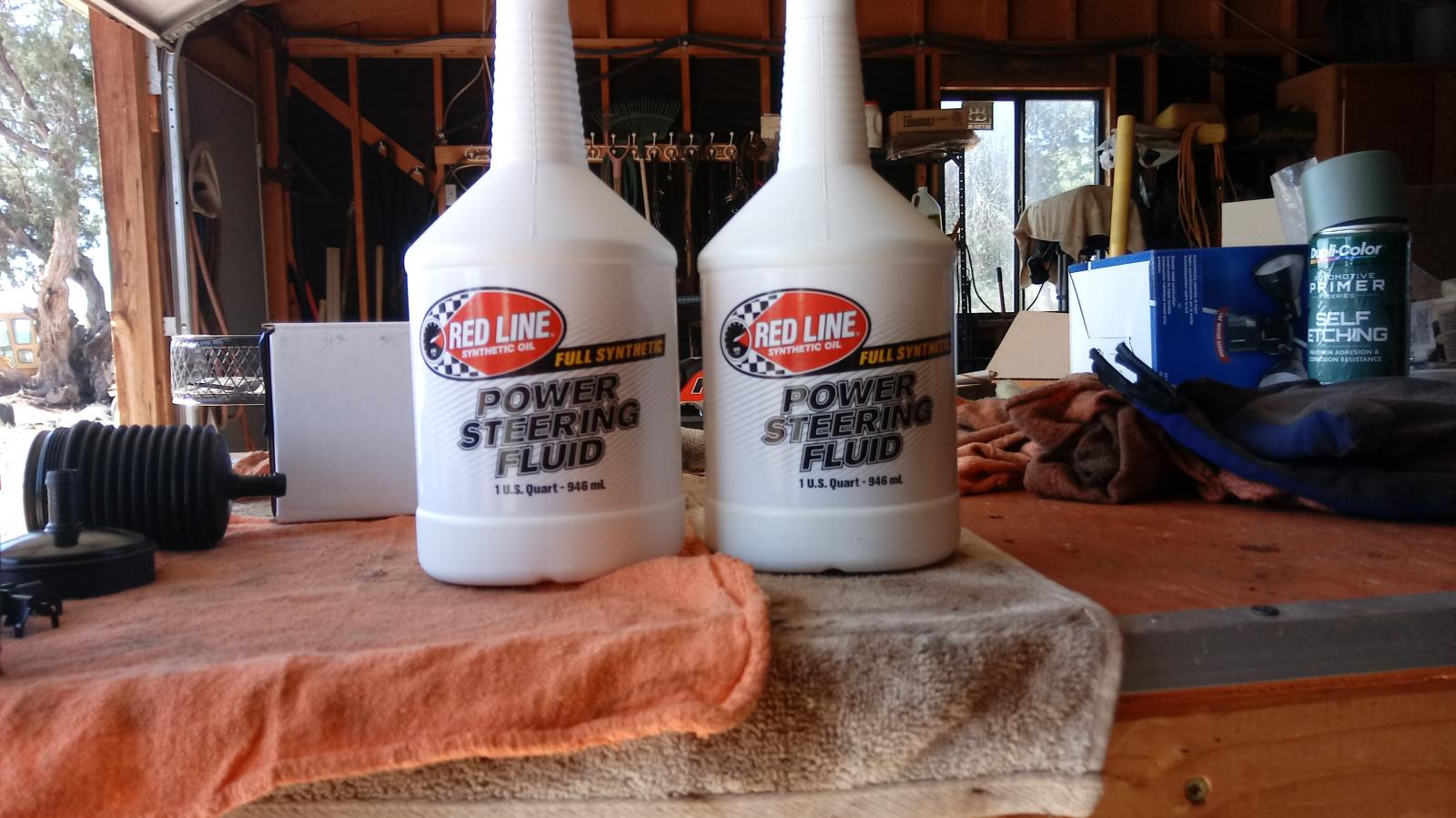

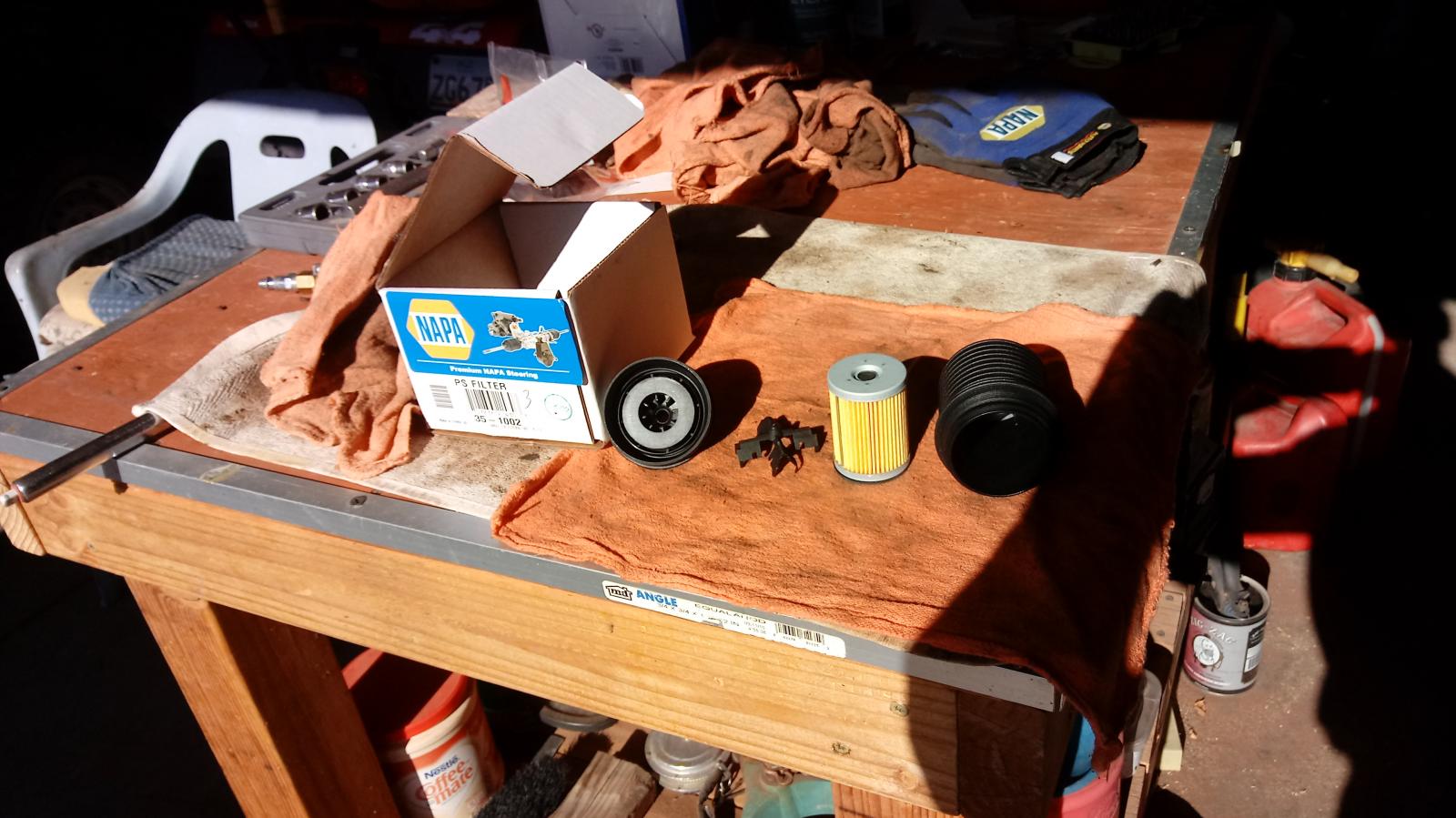
Today I happen to notice this larger puddle of oil under the truck. Looking underneath it was coming from the PS pump and dripping at a rate of a drop every 30 seconds or so. But why...? The engine had been off for a day and no one was ever in the truck at any time doing anything like trying to turn the steering wheel or touching the brakes. Thinking a hose let go, I eventually came to the conclusion that for whatever reason the PS fluid level raised up high enough to spill out the top and make a mess...with the engine off no less. Yes, the fluid level was very high.
Yes, the fluid level was very high.
Then an hour later when I was parking the 5th wheel back in its spot I felt this weird bump in the brake pedal when pushing on the brakes quickly. Not every time but every couple times I pressed the pedal it would that weird feedback bump and the other times would be smooth pedal action. The only way I can describe how it felt was if the pedal was slightly hanging up on something giving this slight initial bump in the pedals movement.
Could both of these be related? The strange phenomenon of PS fluid deciding to climb up and out of the reservoir while the trucks sitting parked, and a brake pedal hiccup.
And just to clarify, the brakes work great and the steering feels fine with no noise...